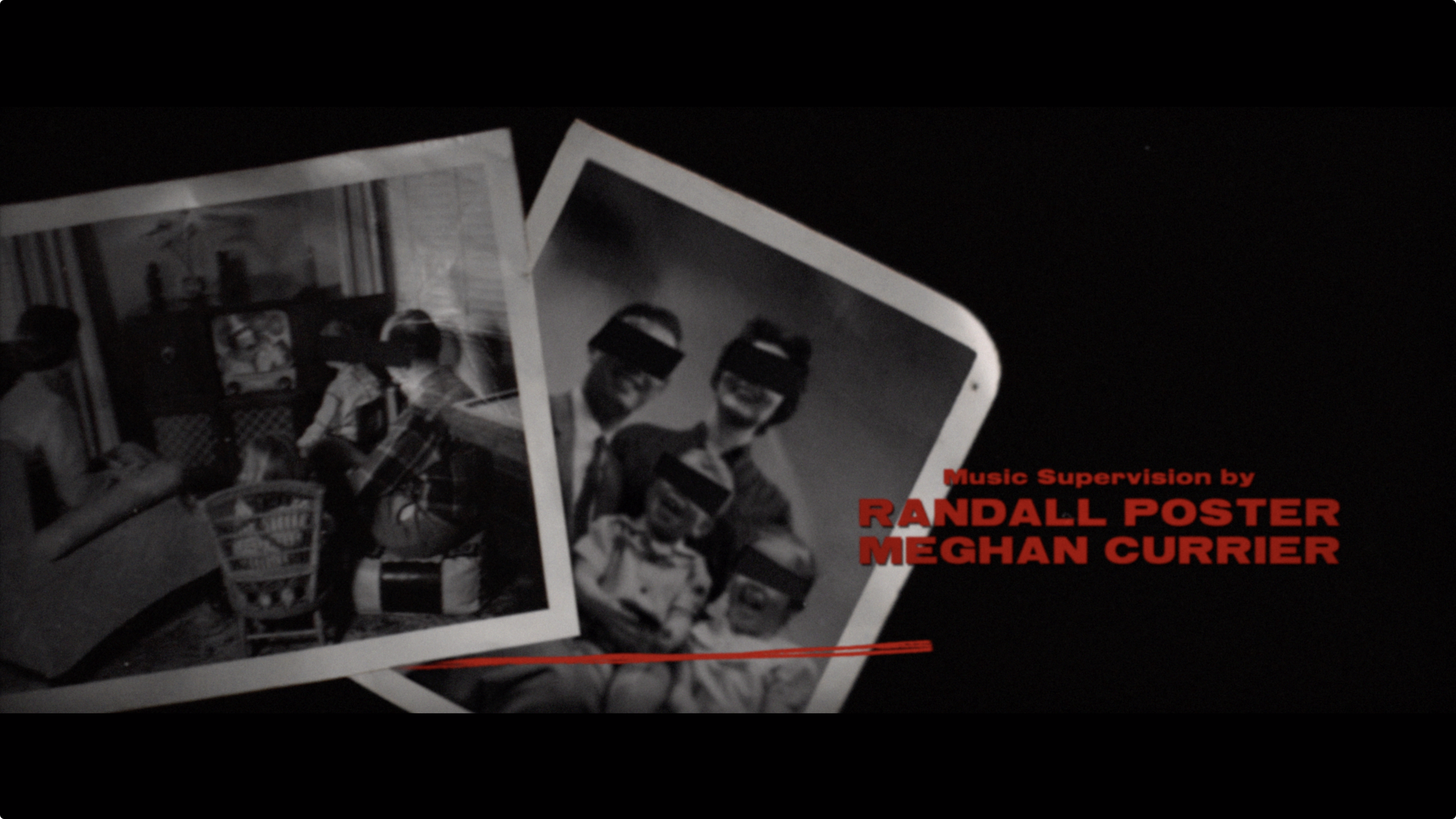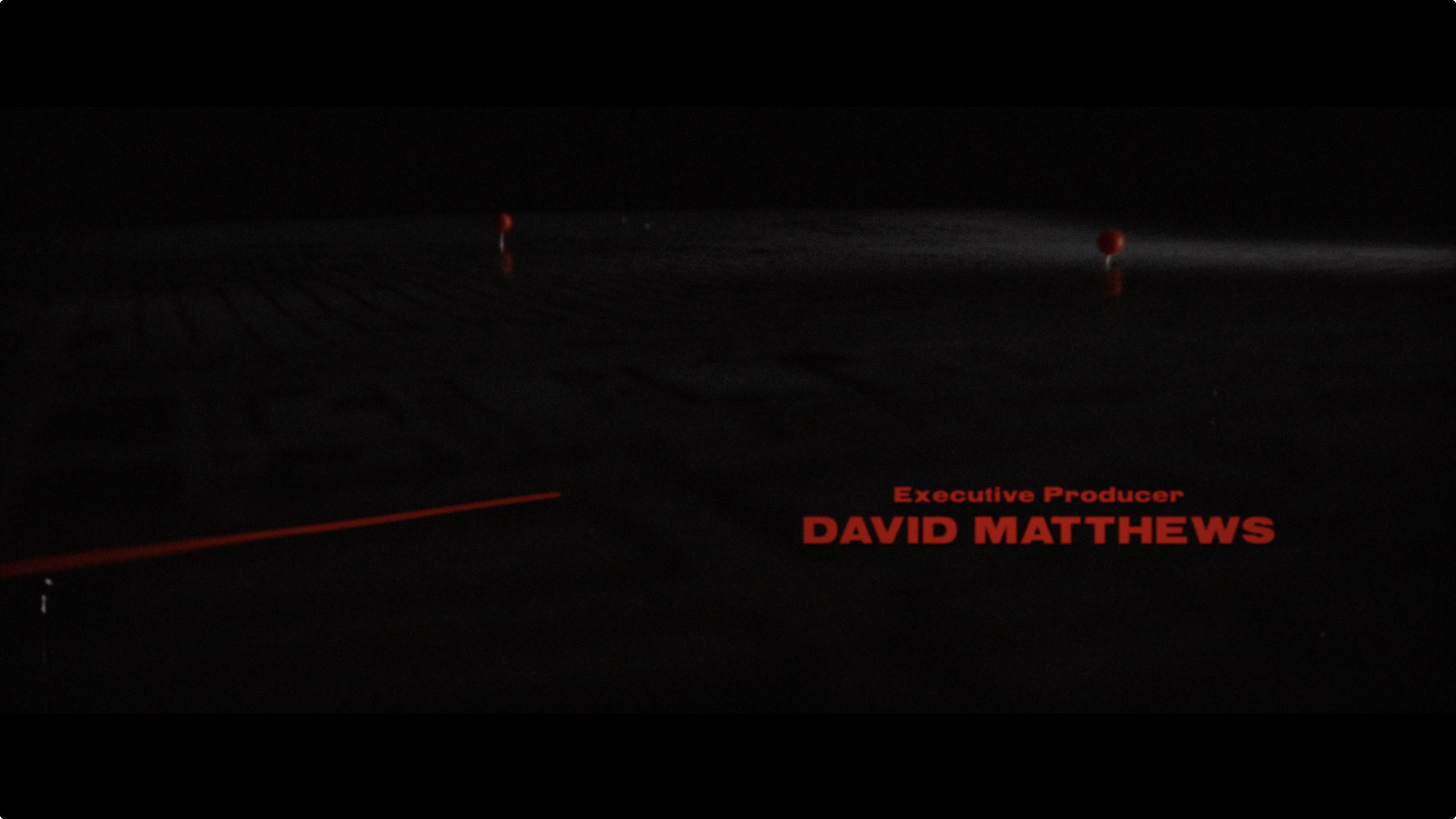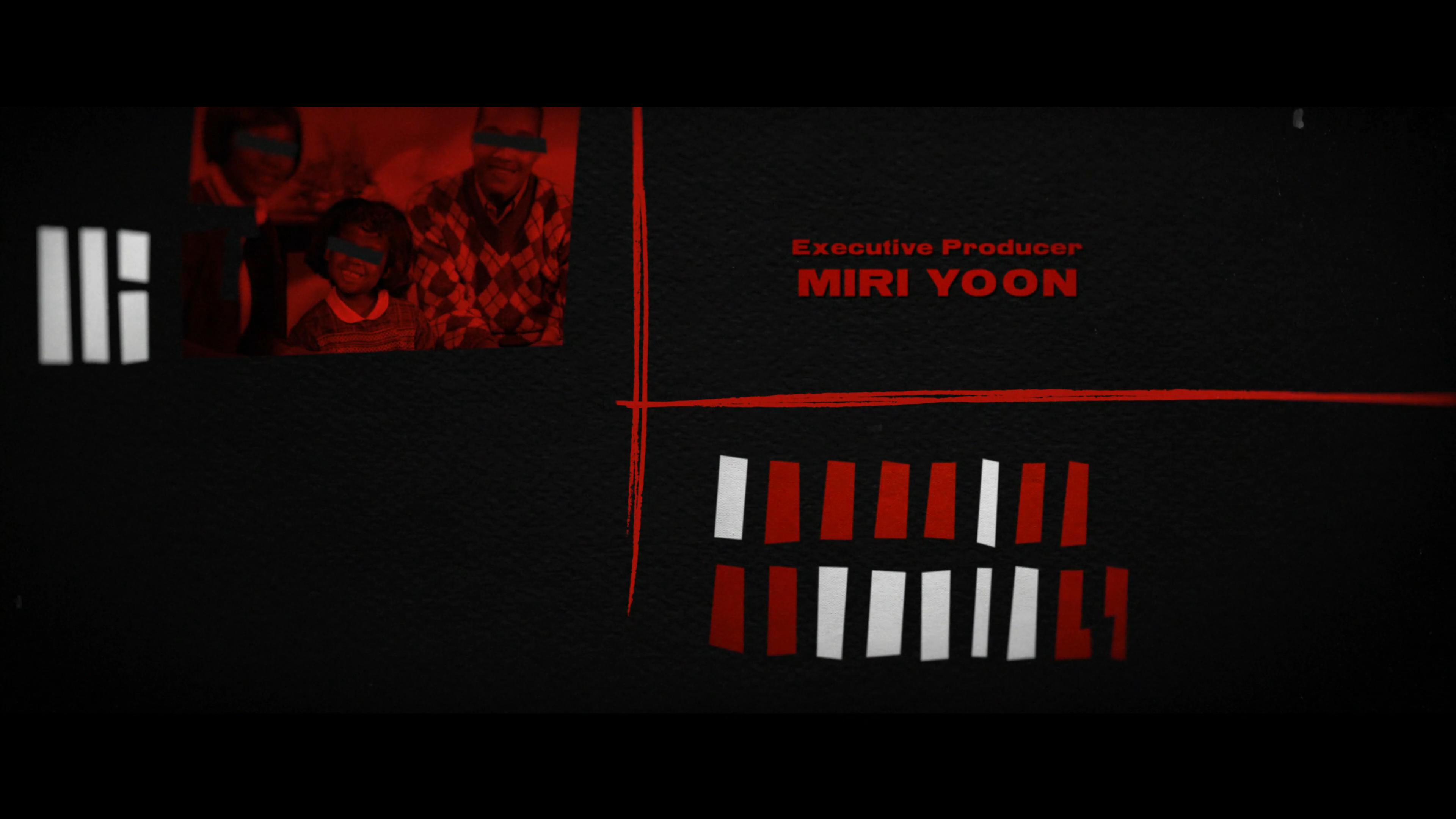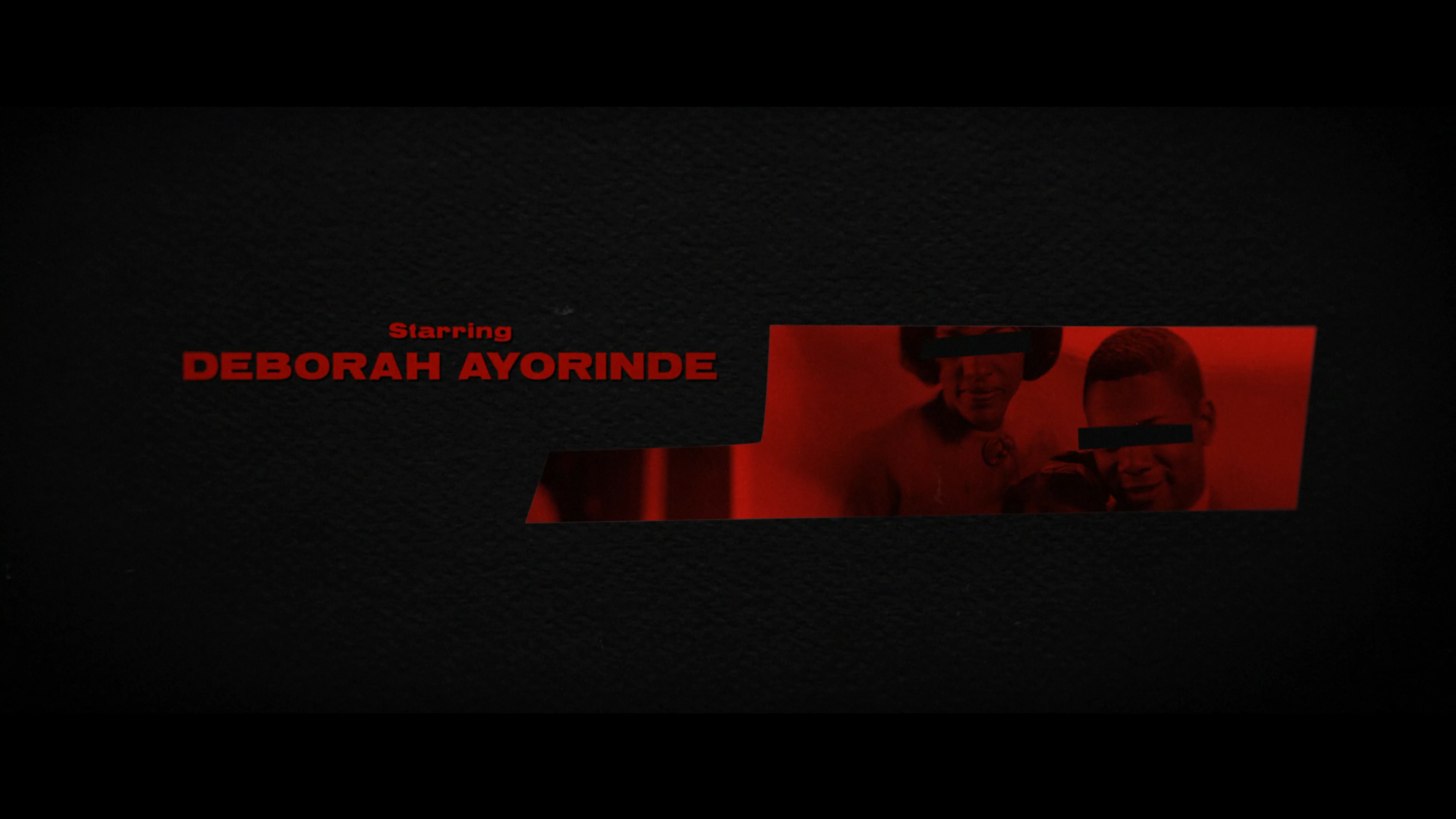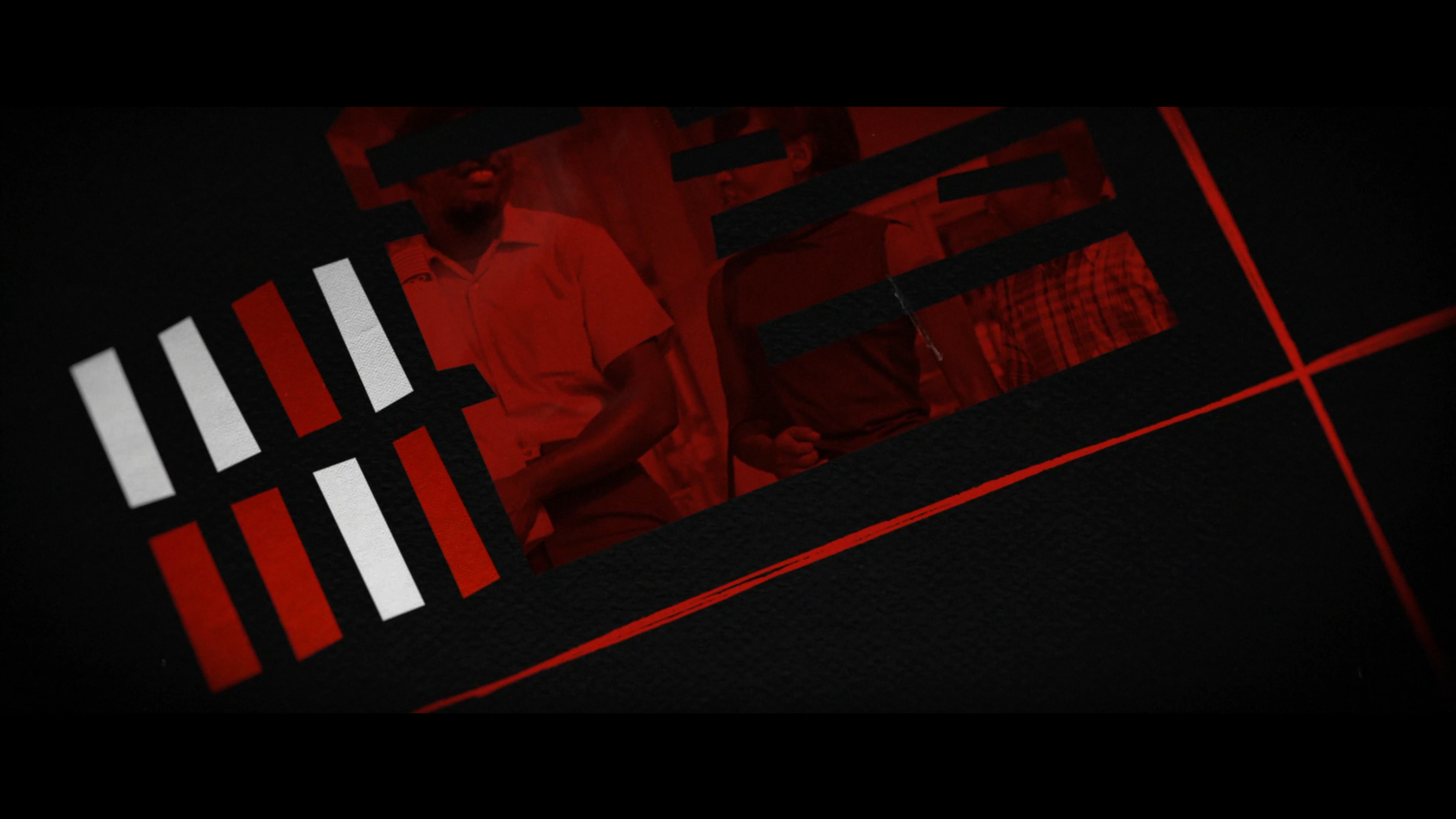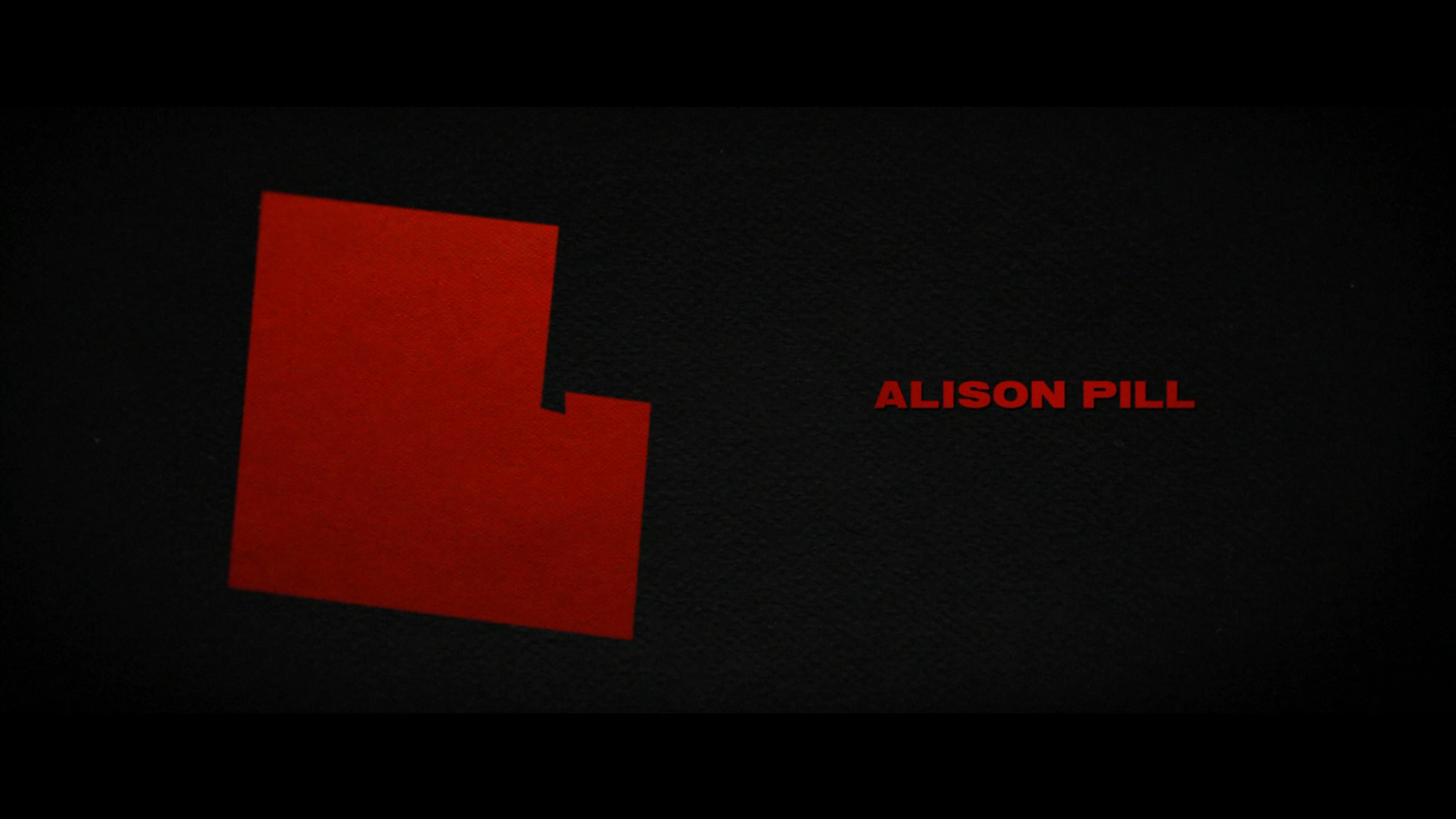Them: Covenant
-
Our titles for Them: Covenant, shot in-camera, then edited and animated in-house is an ode to vintage horror, mixed media, and Faustian thrillers popular during the time.
In-camera shots were then edited and animated in-house, using a staccato style and low frame rate to achieve the same analog quality. The result is a half tactile, half digital world where composited red lines, shapes, and redactions drive real-world divisions across live-captured maps, photographs, and documents — illustrating to audiences how racial discrimination in housing and community policing shaped the demographic and wealth patterns of American cities, while hinting at the oppression, surveillance, and violence to come.
Studio: Trollbäck+Company
Role: Motion Design and Animation
Year: 2021
Graphic Identity
Additional branding elements further immerse viewers into the setting and headspace of Marvin’s uncanny horror anthology.
As we descend into the story, jagged red lines mark out the horror that unfolds, day-by-day to the Emory family. Finally, retro-style end credits close out each episode with a nod back to the history and sociopolitical forces introduced in the opening titles.
From the outset, retro Sony Pictures and Amazon Studios vanity cards take audiences back to the 1970s, the time period in which Them: Covenant’s shocking footage was supposedly “found.” After the title sequence, a minimal opening crawl inspired by 70s horror titles sets up the history, protagonists, and premise for the series.
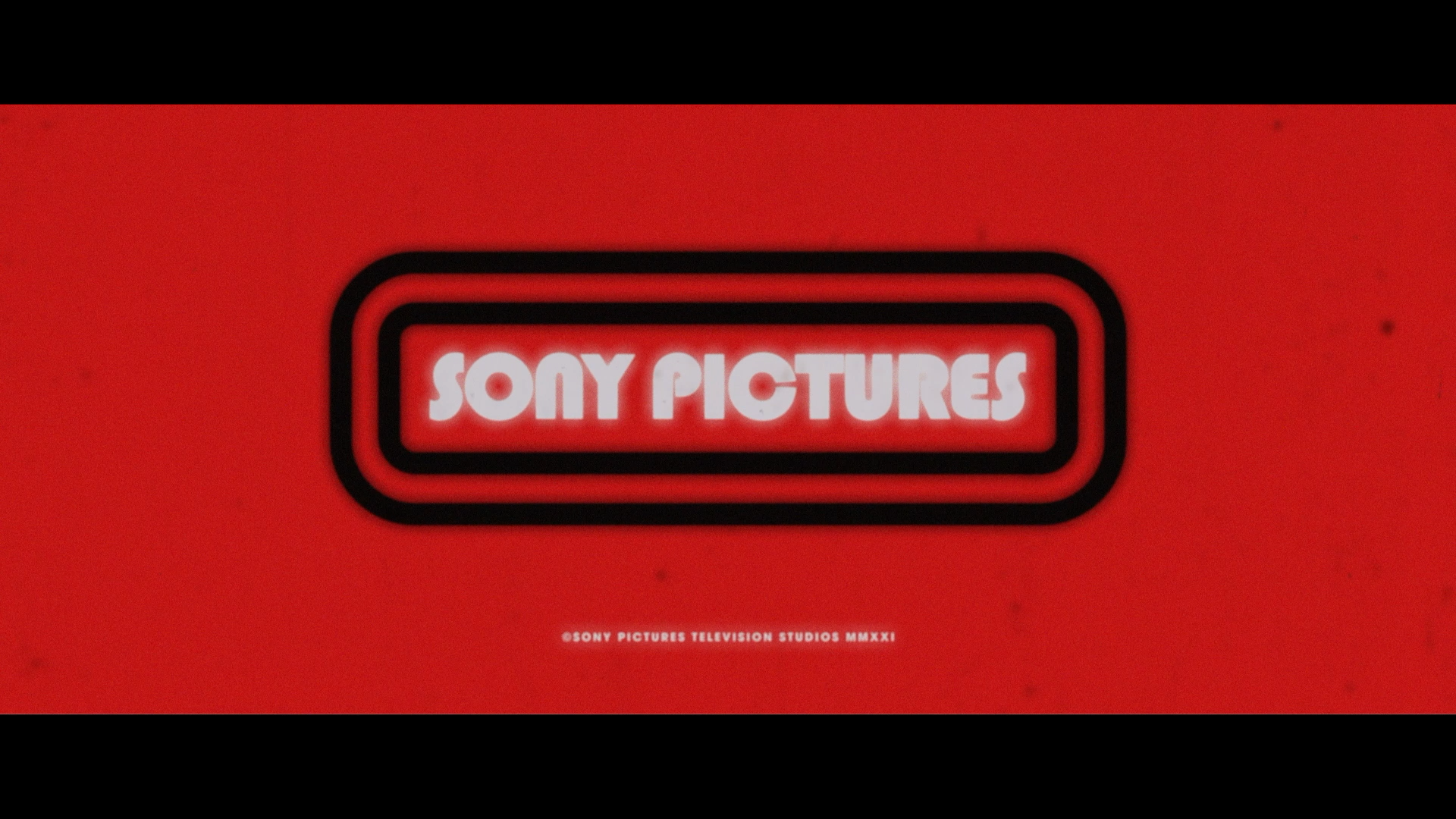
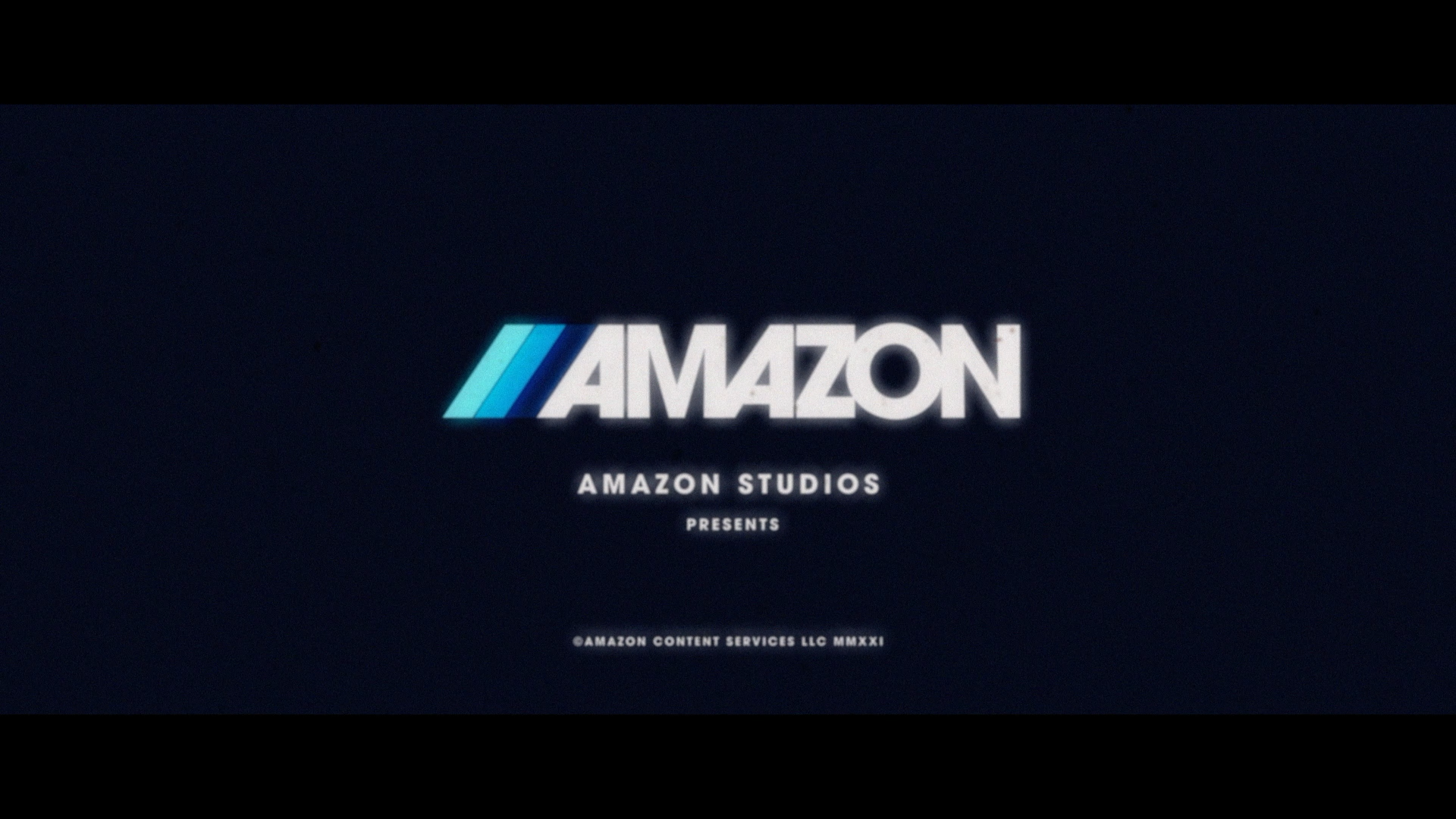
BTS
Created in collaboration with Chris Webb at Brooklyn’s FX WRX studio, our titles for Them: Covenant sought to combine the best in title design with the best of in-camera effects.
Archival family photographs, handwriting, contracts, and other elements distressed by hand, were then arranged at various depths on a wire rig, moving our camera and light sources across the room to reveal them at different levels. We then joined these scenes with digital animations, remixing dozens of unused shots and in-camera experiments with moving red lines and fragmented glimpses of horror and history featured in the BTS film.
As a final nod to Saul Bass, we end the sequence by breaking the fourth wall with our audience, revealing the show logo from red cut-outs in stop-frame animation — wiped away by a very real, unseen, sinister hand.
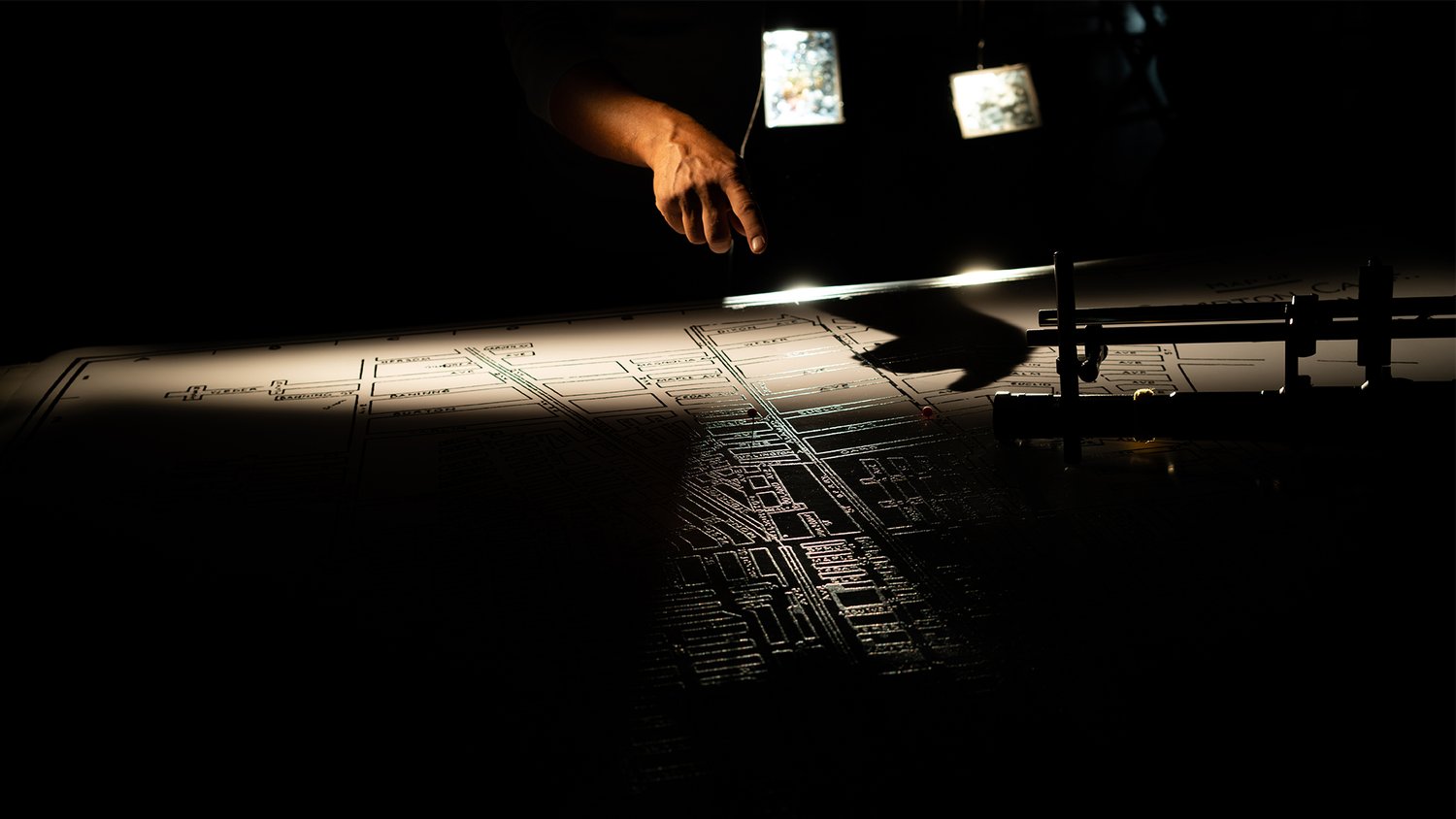
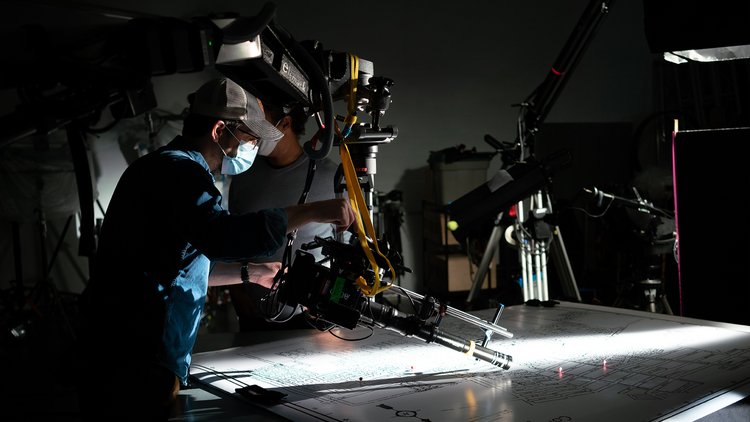
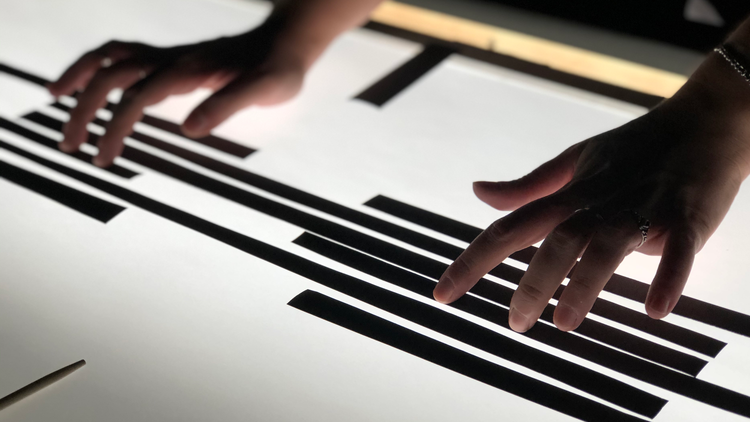
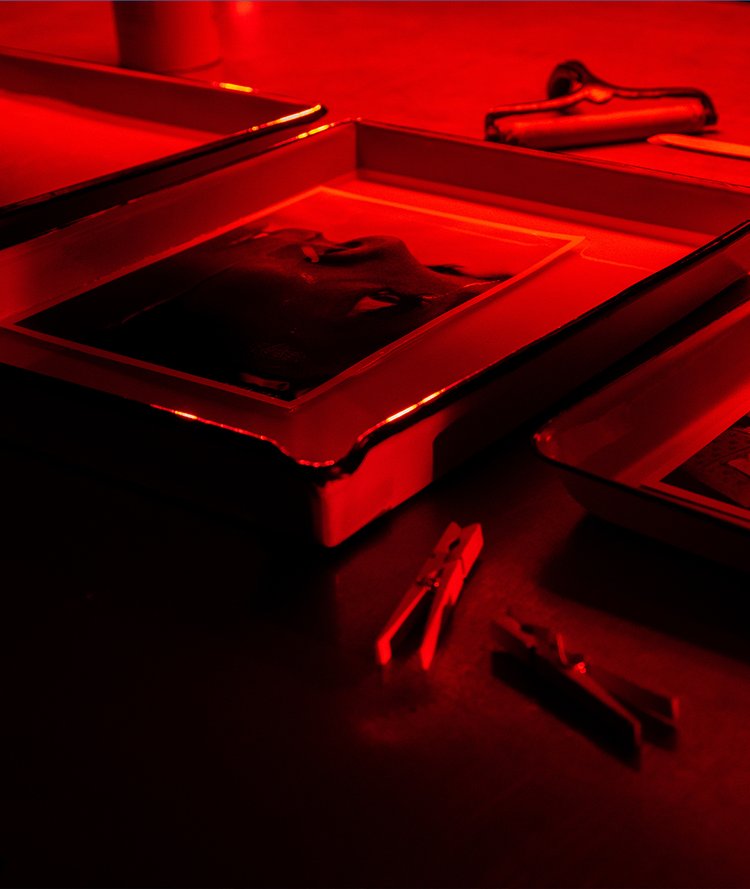
Created at Trollbäck+Company.
Explore More
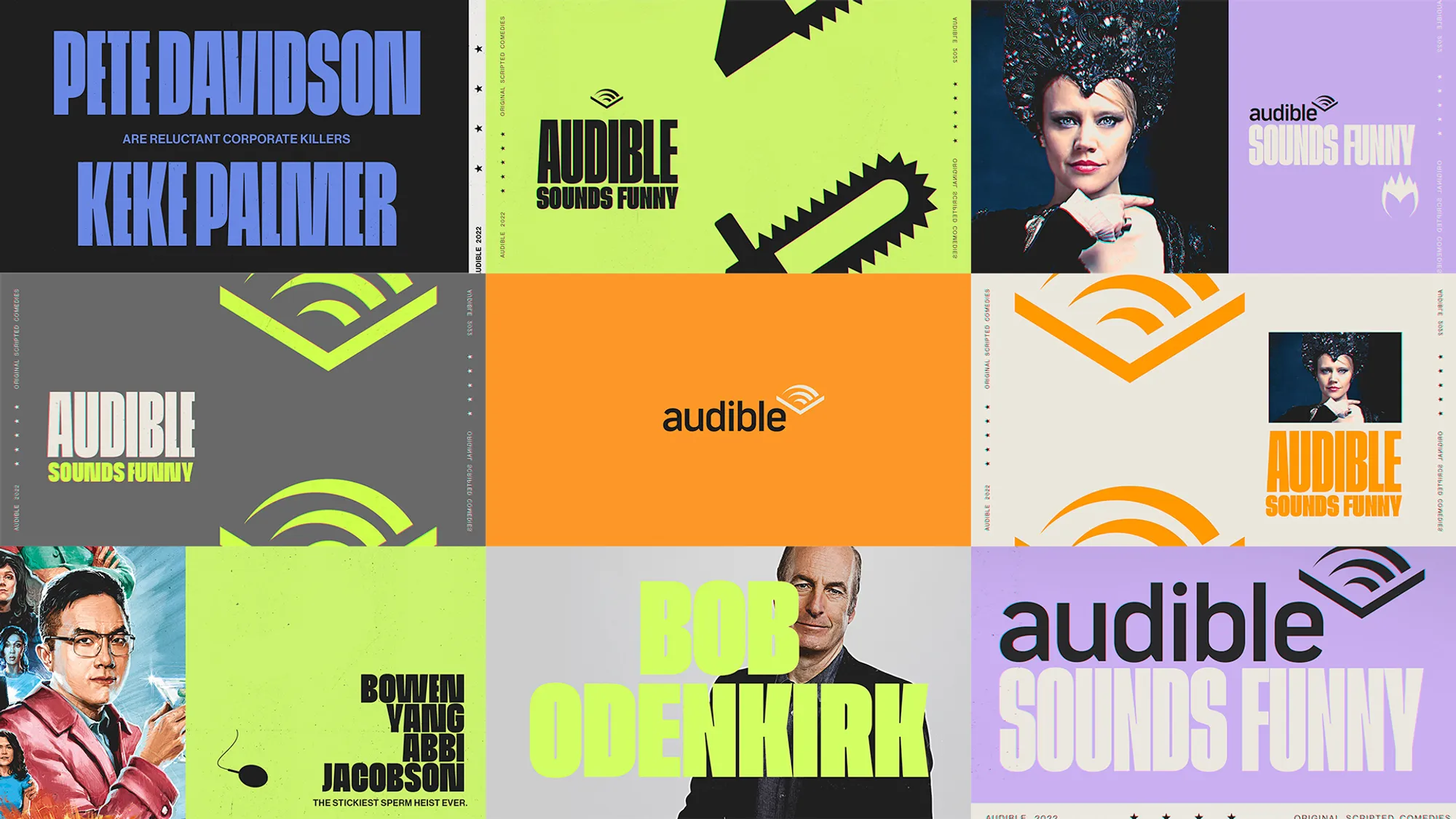
Audible ComedyCampaign
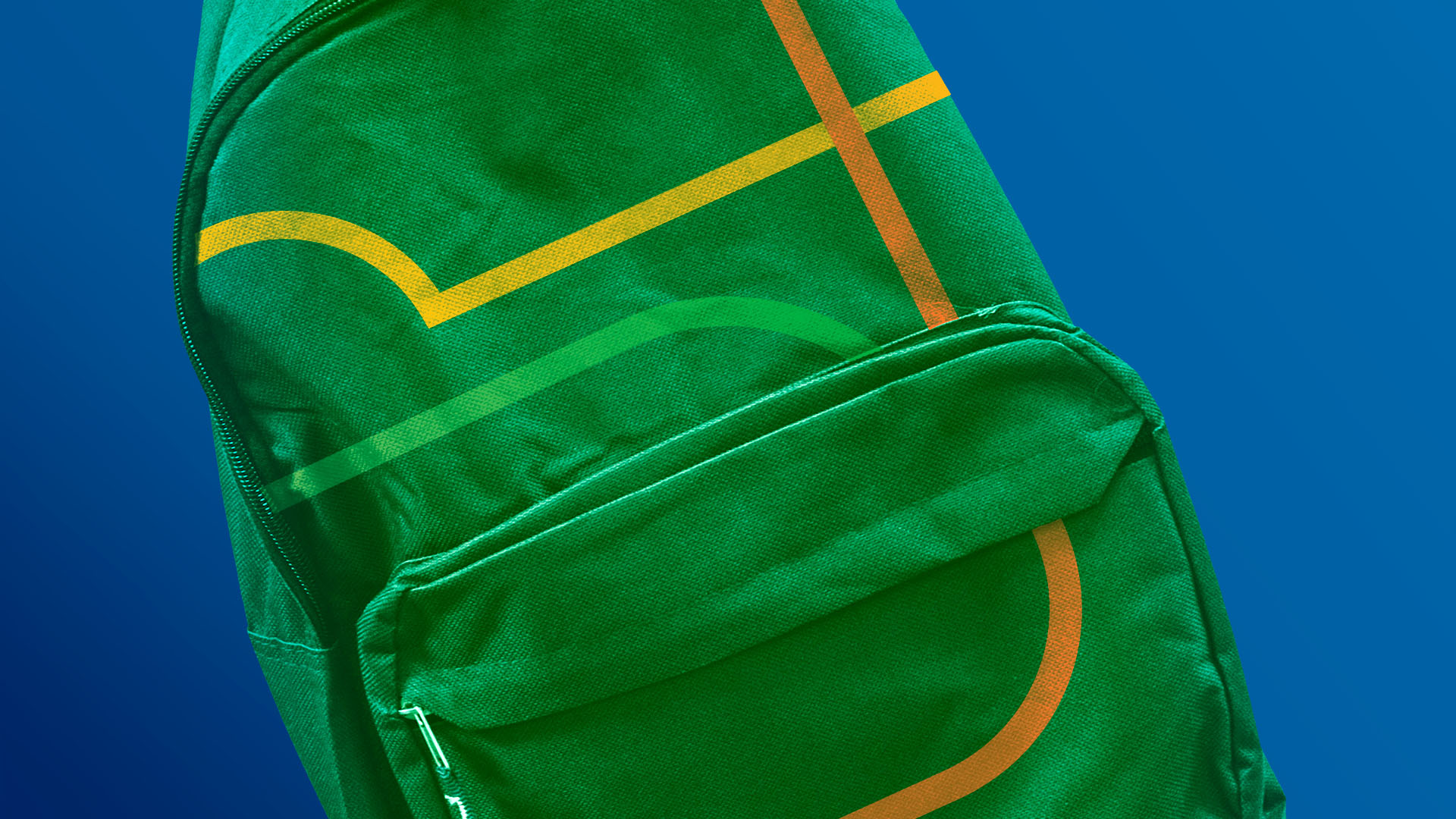
Sesame WorkshopBranding
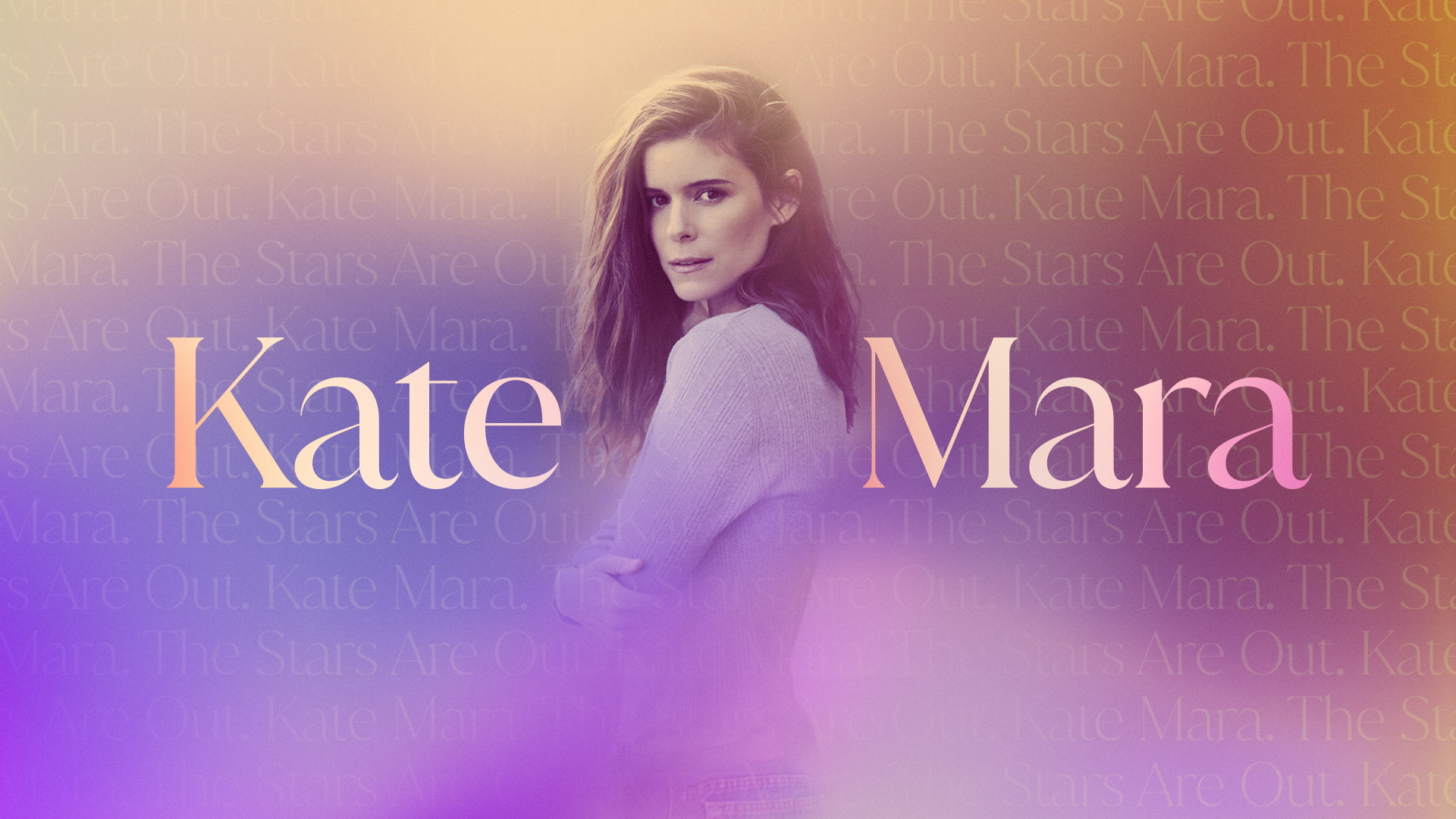
Audible SummerCampaign
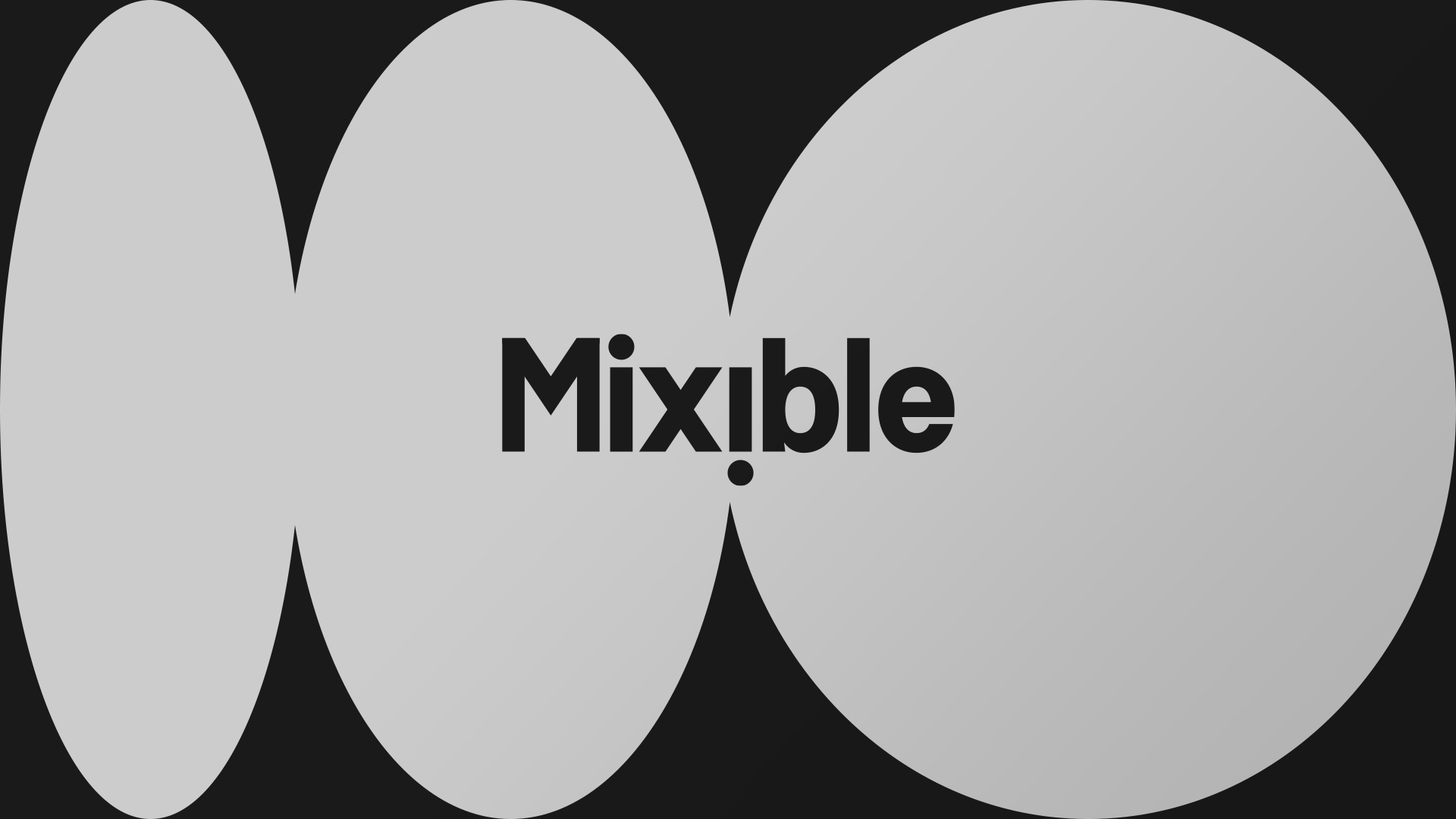
MixibleBranding
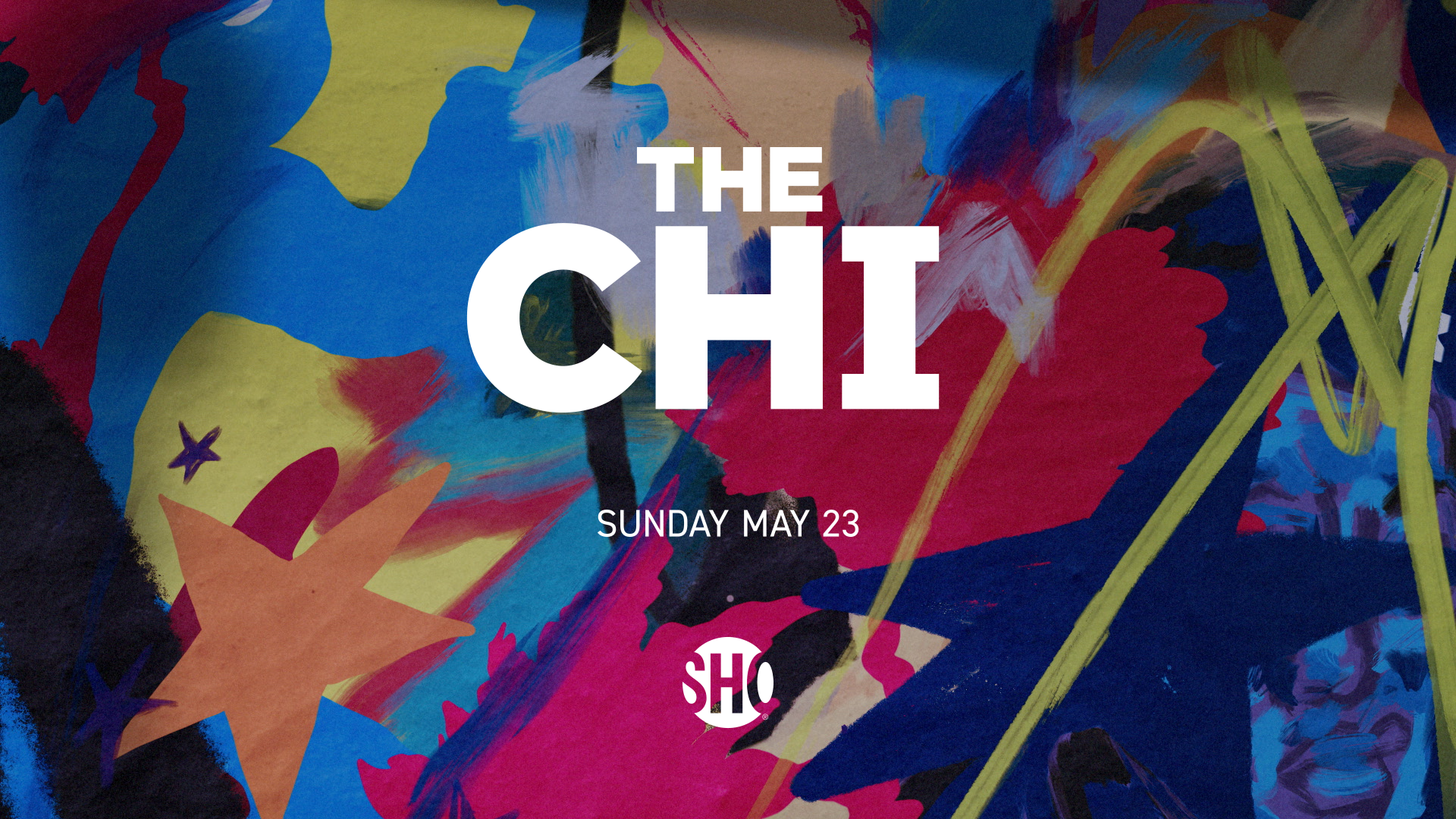
Showtime: The ChiCampaign
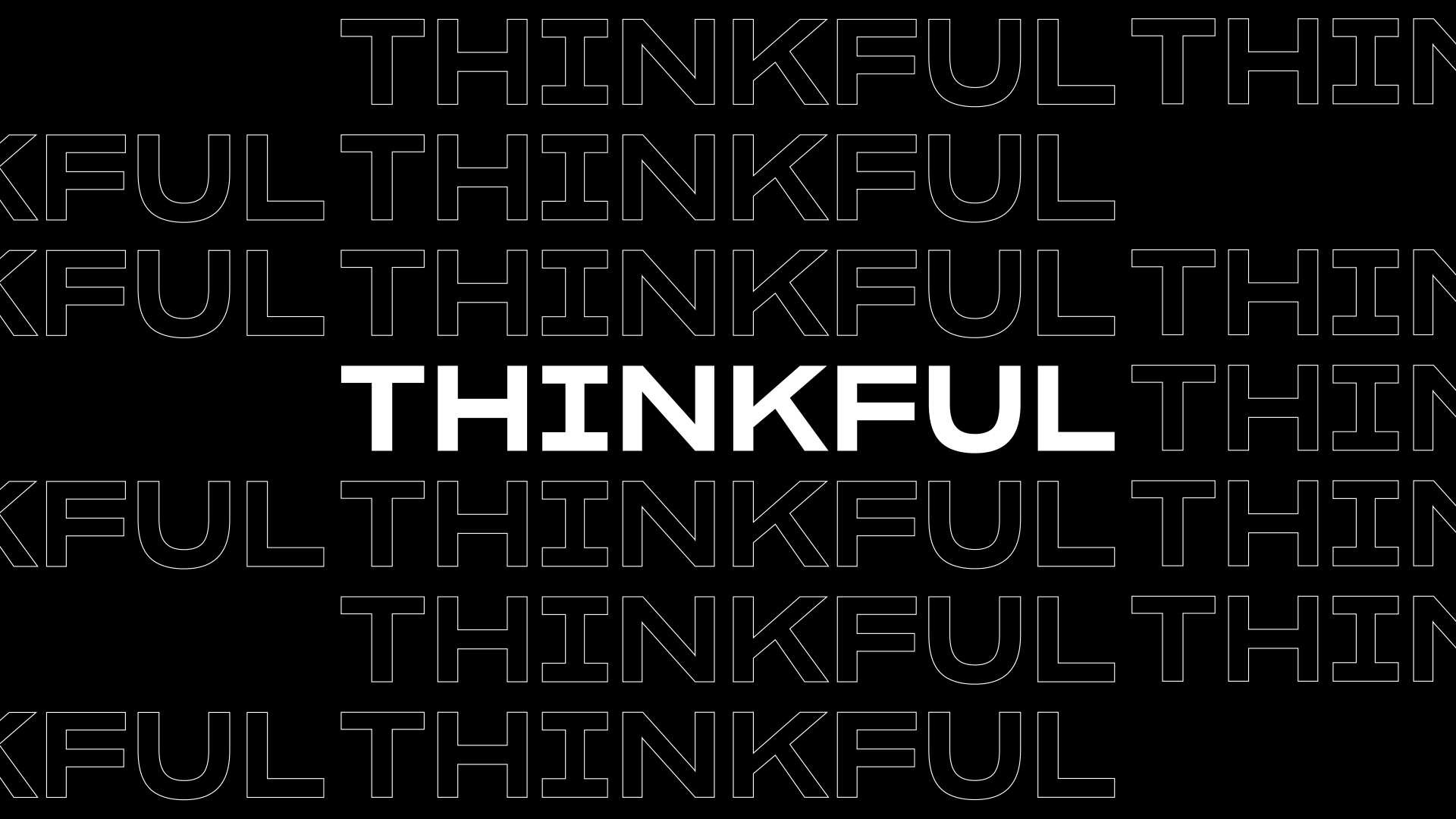
ThinkfulBranding
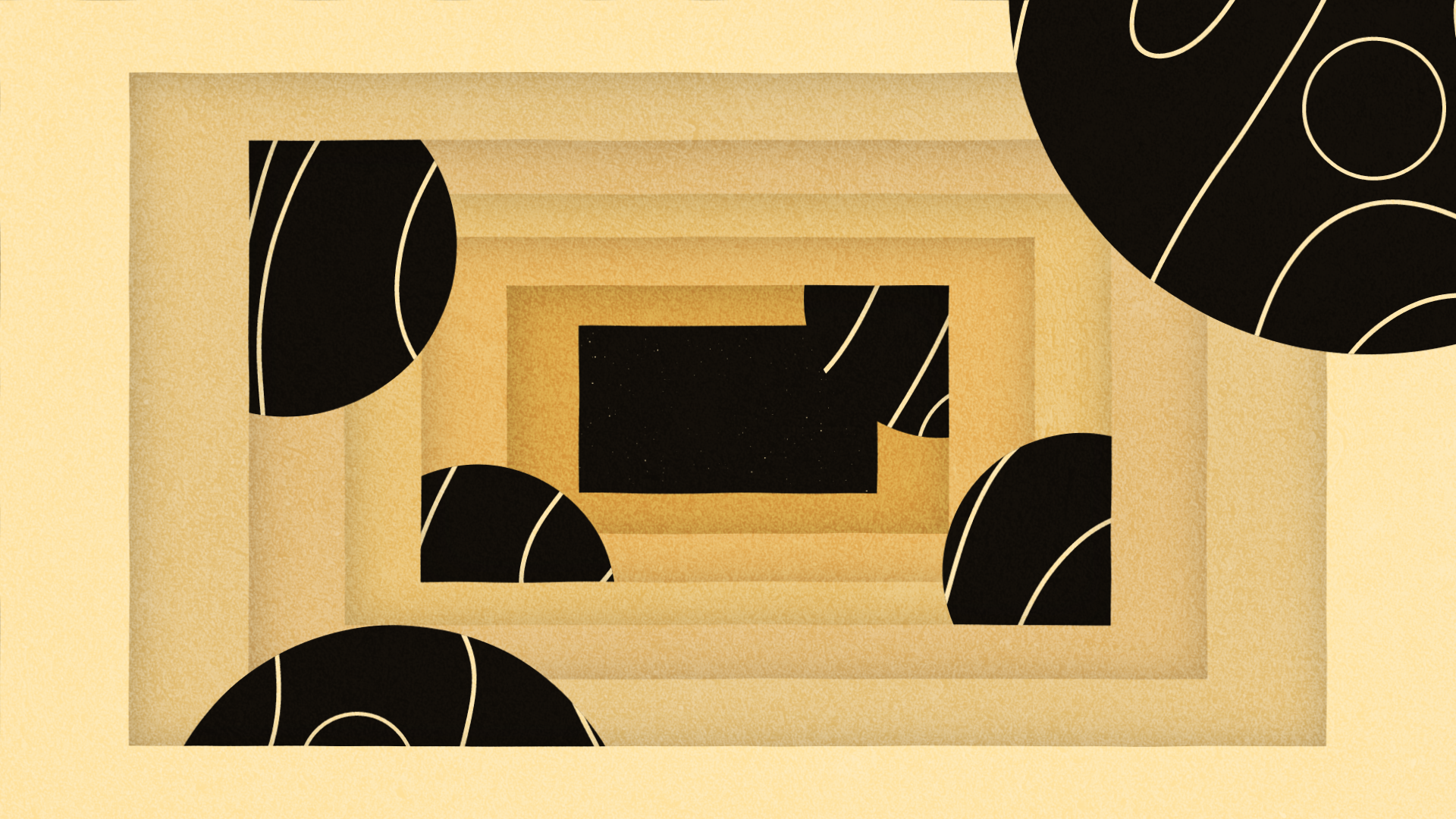
Optimistic NihilismNarrative

Adidas Clima UltraboostBranding
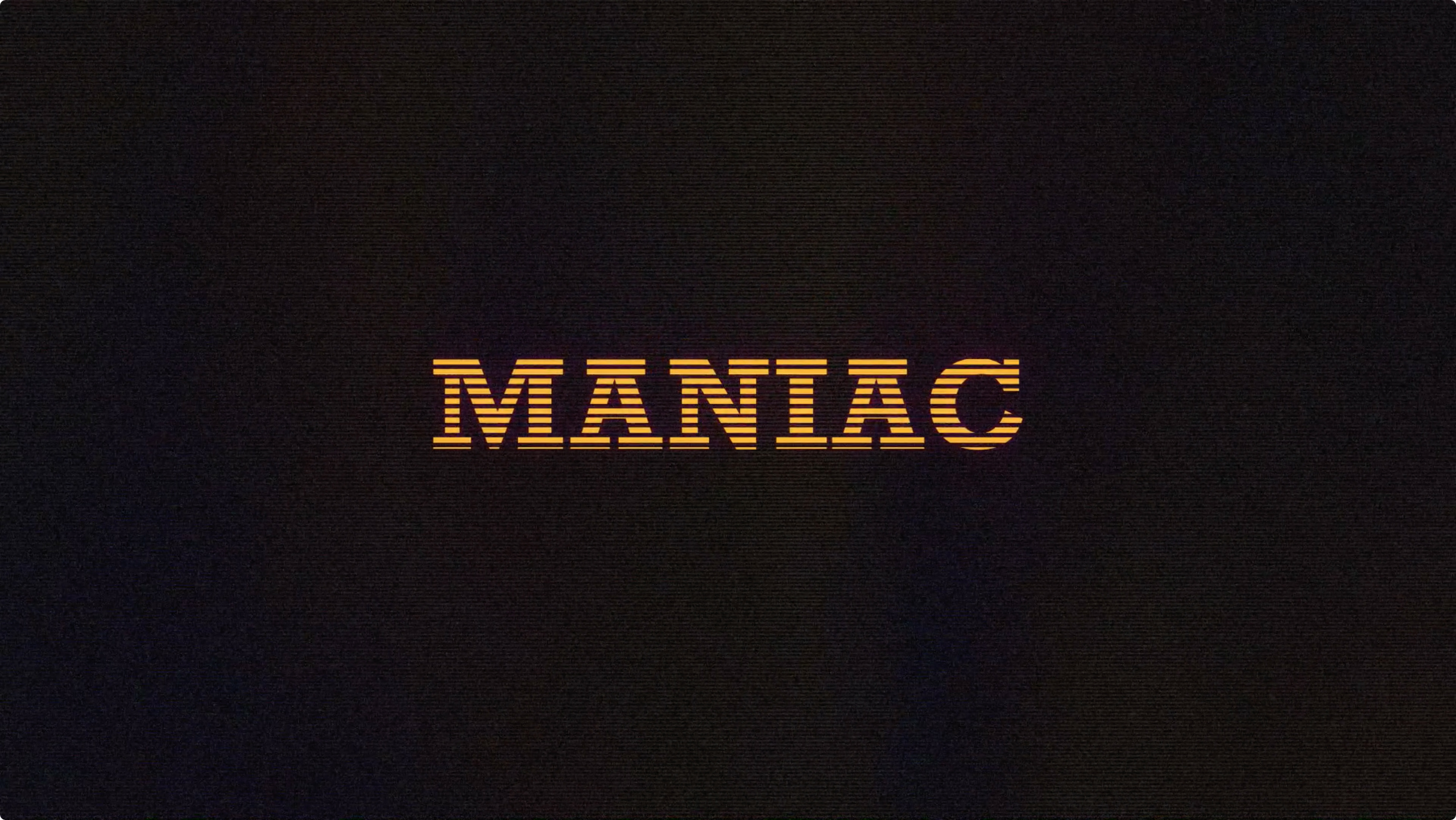
ManiacTitle Sequence
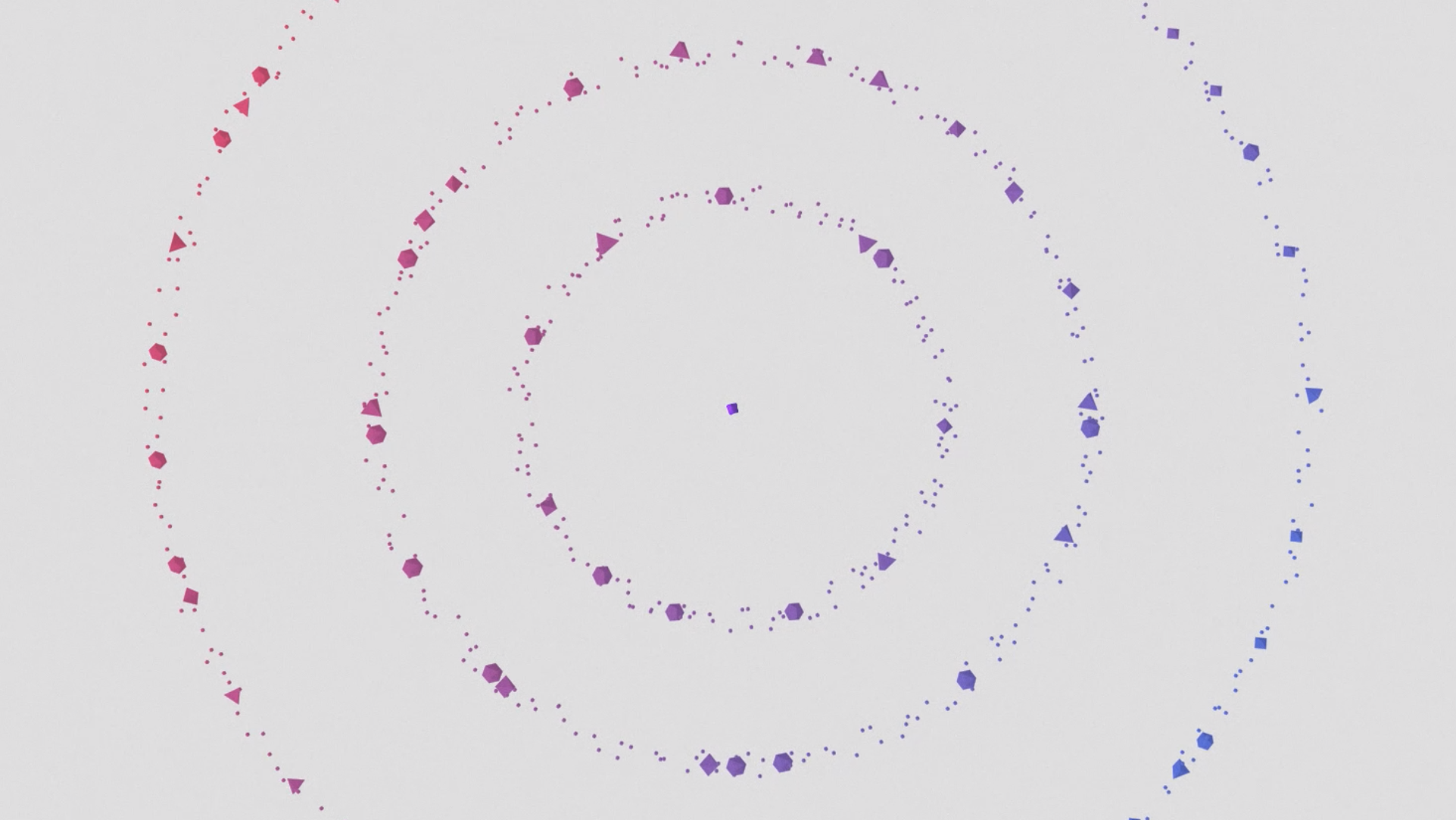
ReunionNarrative
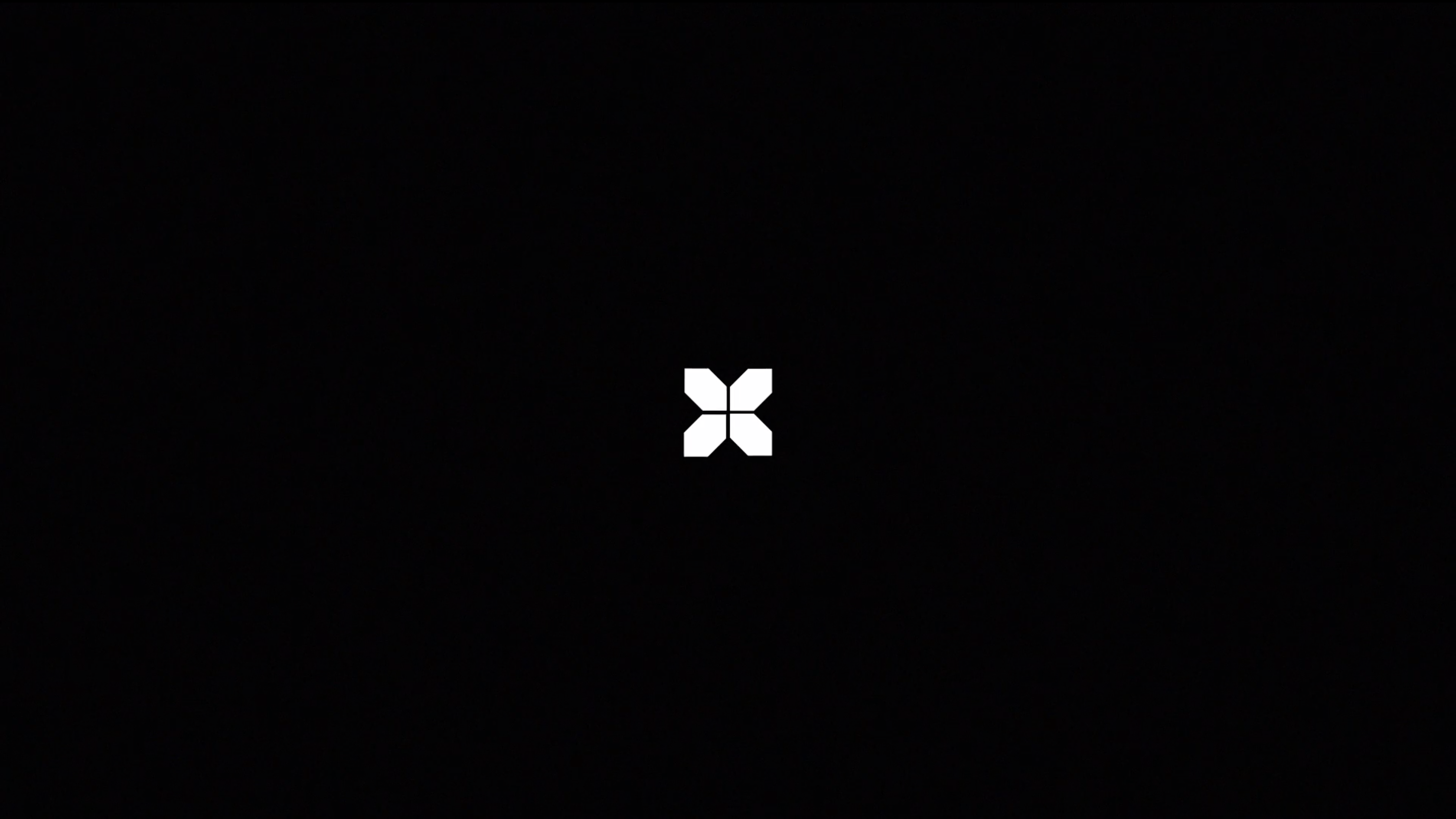
CoMotion 2019Title Sequence

BēhanceBranding
